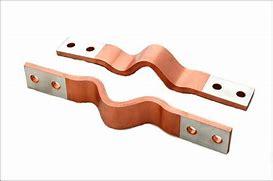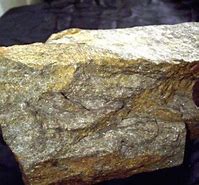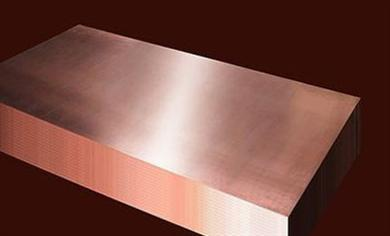**Title: Soldering Iron vs. Copper Pipes: Can This Tool Really Handle Plumbing?**
(Can You Use A Soldering Iron To Solder Copper Pipes)
So you’ve got a leaky copper pipe. Maybe it’s under the sink, maybe behind the washing machine. Panic sets in. You remember that trusty soldering iron sitting in your toolbox. It melts solder for electronics, right? Copper pipes need solder too. Seems like a perfect match. Hold that thought. Using your electronics soldering iron on plumbing is like trying to dig a trench with a teaspoon. Possible? Technically, maybe. Smart? Absolutely not.
Here’s the core problem: heat. Plumbing solder joints need serious heat. We’re talking about heating a thick copper pipe section and a fitting all at once to the right temperature. This temperature is way higher than what your little electronics iron delivers. Your electronics iron might max out around 400-450°C (750-850°F). Good for circuit boards. Bad for copper pipe. Plumbing solder melts around 450°C (840°F), but you need the pipe metal itself much hotter – closer to 600°C (1100°F) – to make the solder flow properly into the joint. Your electronics iron simply can’t pump out enough heat energy fast enough. It’s too weak.
Imagine trying to heat a frying pan with a birthday candle. That’s the struggle. Your electronics iron touches the pipe. It might melt a tiny bit of solder sitting on top. But it won’t heat the copper deep inside the joint. The solder won’t wick into the space between the pipe and the fitting. The result? A cold joint. It looks lumpy and dull. It might hold water for a minute. Or a day. Then it fails. Leaks return. Water damage follows. Bad news.
Plumbers use a different beast entirely: a propane or MAPP gas torch. This isn’t a tiny flame. It’s a focused, powerful jet of blue fire. This torch heats the copper pipe and fitting quickly and evenly over a larger area. You see the metal change color. You see the flux bubble and clean the joint. Only then do you touch the solder wire to the joint. The hot metal sucks the molten solder deep inside by capillary action. The solder forms a smooth, shiny ring around the joint. That’s a strong, leak-proof seal. It’s fast and effective.
Your electronics iron lacks the muscle for this job. Trying it is frustrating. You hold the iron tip on the pipe forever. The solder just balls up. It refuses to flow. You might overheat one tiny spot. You risk damaging the pipe or nearby materials without ever getting the joint hot enough. It’s inefficient. It’s ineffective. It’s a recipe for leaks and wasted time.
Forget the soldering iron for plumbing. You need the right tool: a torch. Get a basic propane torch kit from any hardware store. It’s cheap. You also need plumbing-grade solder (lead-free for drinking water lines!) and flux paste. Clean the pipe ends shiny bright with sandpaper or emery cloth. Apply flux inside the fitting and on the pipe end. Assemble the joint. Heat the fitting body evenly with the torch. Touch the solder to the joint. When the metal is hot enough, the solder melts instantly and gets pulled inside. Remove the heat. Let it cool. Done right, it’s solid.
(Can You Use A Soldering Iron To Solder Copper Pipes)
Safety matters. Fire is involved. Clear the area. Remove anything flammable. Have a fire extinguisher nearby. Wear safety glasses. Protect surrounding surfaces with a heat shield. Know what’s behind the pipe you’re heating. Don’t burn your house down fixing a leak. Bad idea. Respect the torch. It demands caution. Soldering pipes isn’t rocket science. But using the wrong tool makes it way harder than it needs to be. Grab the torch. Save the electronics iron for your circuit boards. Your pipes will thank you.
Inquiry us
if you want to want to know more, please feel free to contact us. (nanotrun@yahoo.com)



